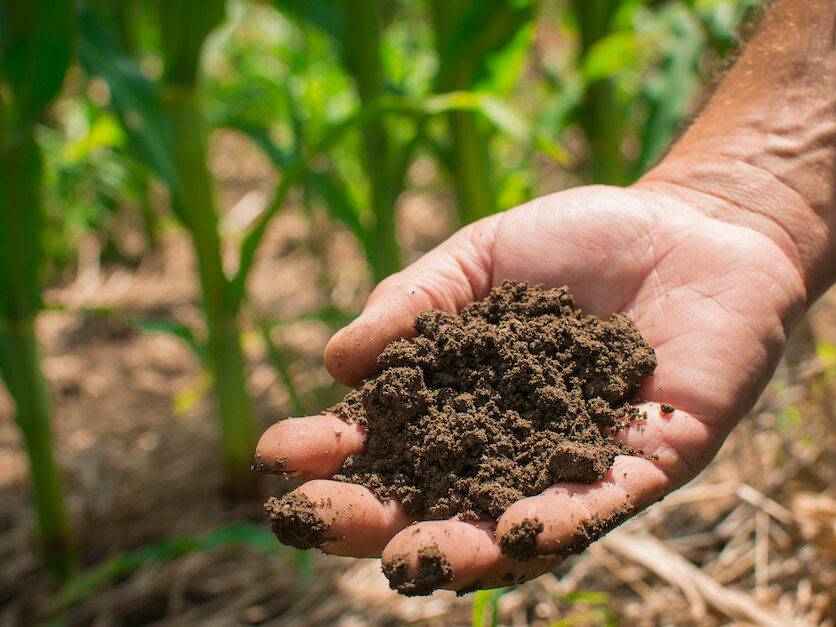The California Board of Food and Agriculture recently approved a definition of regenerative agriculture after two years of debate. This decision will play a crucial role in informing state policy decisions and shaping the future of agriculture in California. The California Department of Food and Agriculture will use this definition to draft regulatory language that will solidify the concept of regenerative agriculture within state code.
The approved definition of regenerative agriculture includes eight target outcomes that are associated with sustainable farming practices. These outcomes align with state and federal sustainability strategies, including the CDFA’s Healthy Soils Program, USDA Natural Resource Conservation Service standards, and the California Department of Pesticide Regulation’s Sustainable Pest Management Roadmap. This comprehensive approach aims to promote environmentally friendly practices that benefit both farmers and the ecosystem.
Regenerative agriculture is described as an ongoing implementation of practices rather than a fixed endpoint. Importantly, the definition does not require organic certification, ensuring that all types of growers and ranchers can access related grants and policies. This inclusive approach is designed to support a diverse range of agricultural operations and promote sustainable farming practices across the state.
The debate surrounding the definition of regenerative agriculture has raised important questions about California’s influence on federal law, market dynamics, and regulatory requirements. While some stakeholders have expressed concerns about certain aspects of the definition, the overall consensus is that it represents a significant step forward for the industry. By establishing a clear definition of regenerative agriculture, California is taking a proactive approach to shaping the future of farming in the state.
During the board hearing, Richard Filgas of the California Farm Bureau expressed reservations about the final definition and its potential implications. He raised concerns about incorporating references to the Sustainable Pest Management Roadmap and urged caution in enshrining the definition in state statute. Despite these reservations, Filgas acknowledged the progress that has been made in shaping the definition and recognized the efforts of all involved parties.
The board members praised the final definition of regenerative agriculture and expressed gratitude to the CDFA staff and the various workgroups that contributed to its development. This collaborative effort underscores the importance of engaging stakeholders from various sectors to ensure that policies are inclusive, effective, and sustainable. By listening to diverse perspectives and incorporating feedback from industry experts, policymakers can develop robust regulations that support the long-term health of the agricultural sector.
In conclusion, the approval of a definition of regenerative agriculture by the California Board of Food and Agriculture marks a significant milestone in the state’s agricultural policy. This decision will inform future regulatory efforts and help shape the direction of farming practices in California. By embracing sustainable and regenerative agriculture, the state is taking proactive steps to promote environmental stewardship, support farmers, and ensure the long-term viability of the agricultural sector. For more information on this topic and other agricultural news, visit Agri-Pulse.com.
